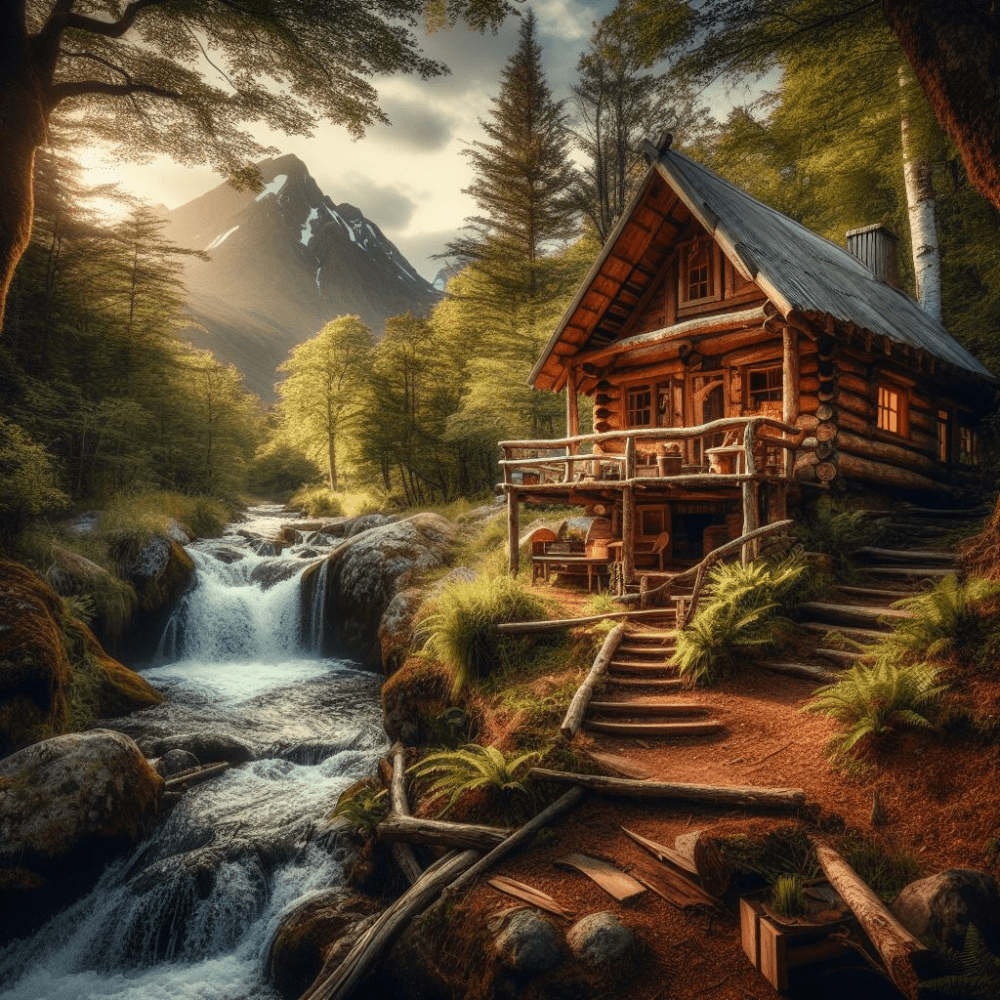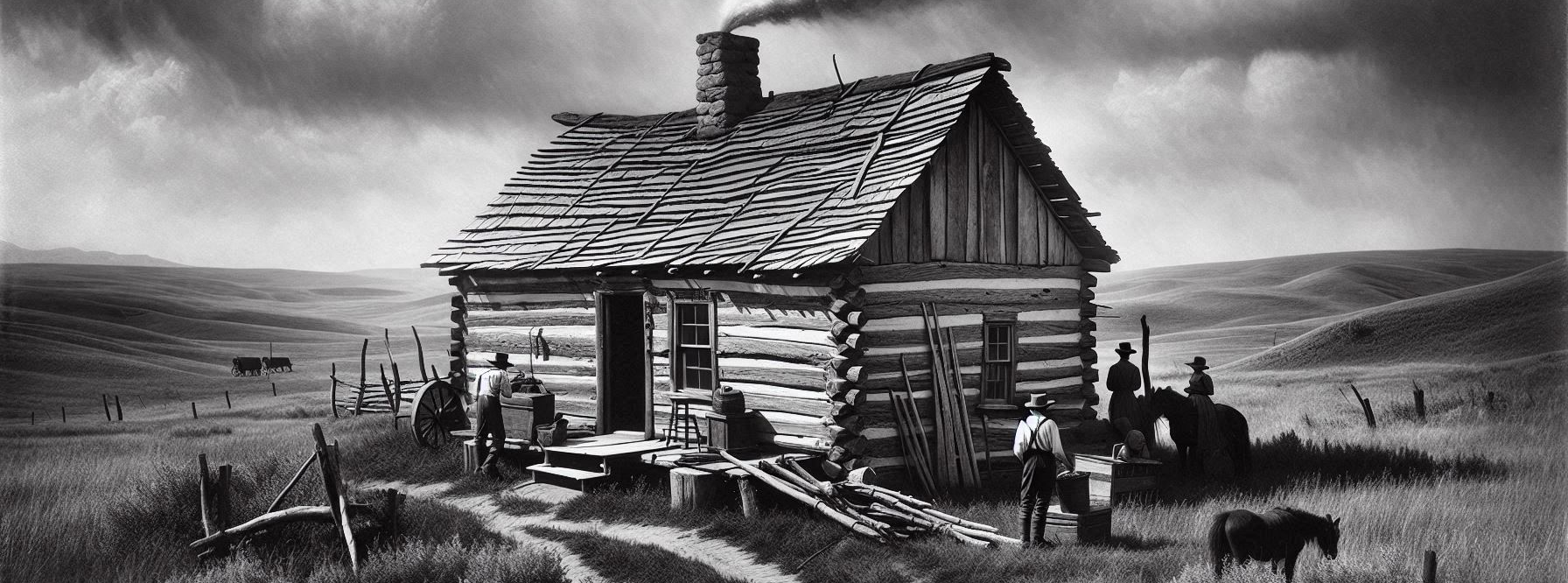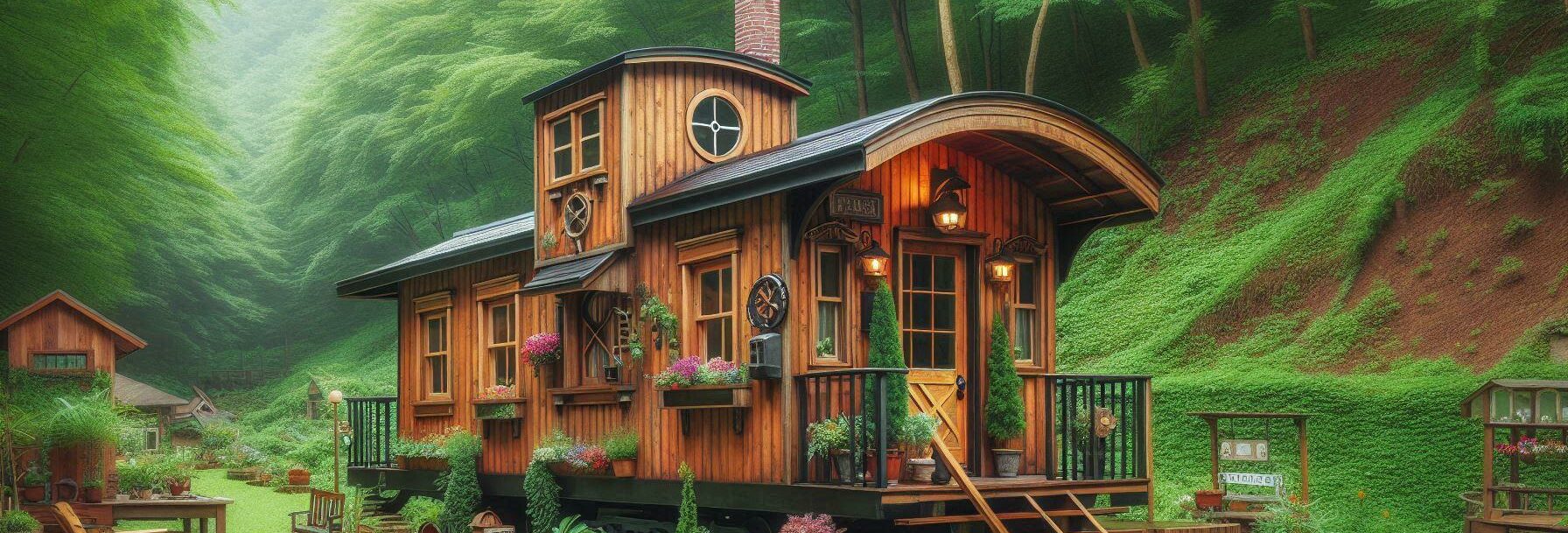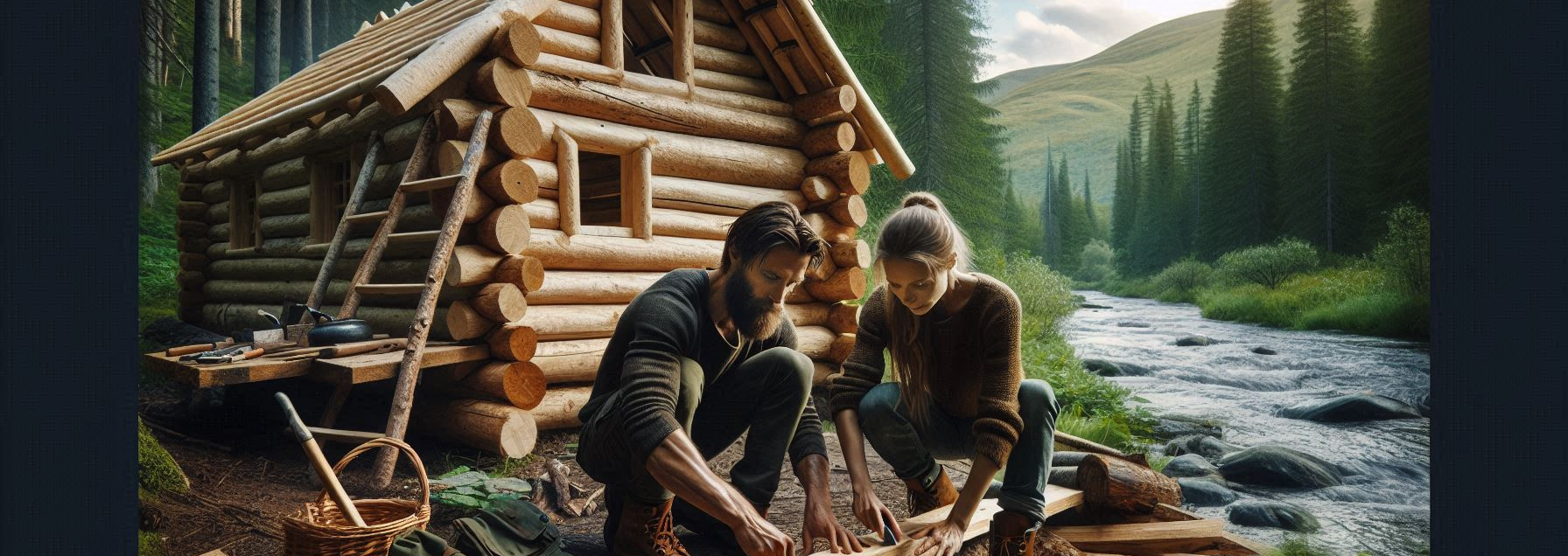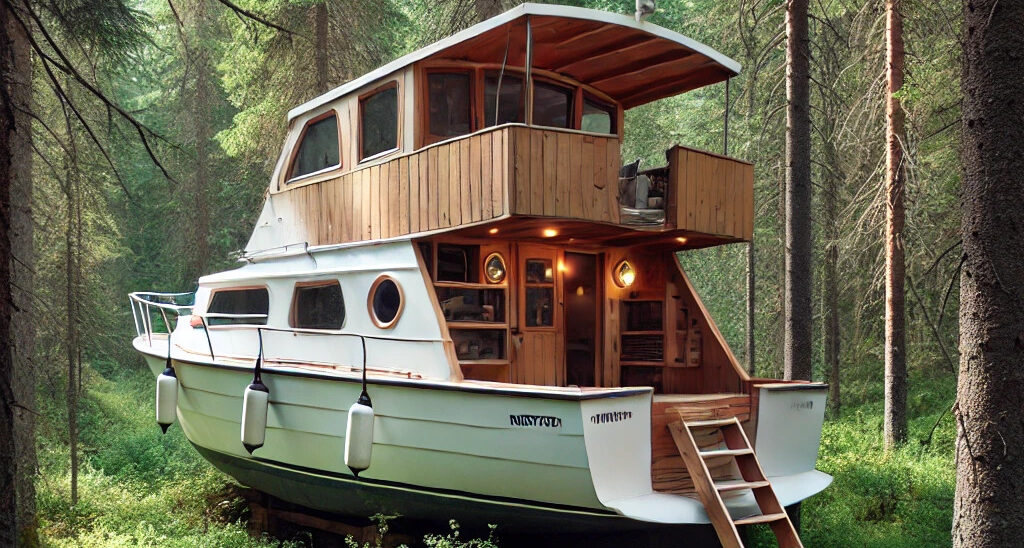Back in the 19th century, venturing out to the American West was no small feat. These folks had grit and a vision for a better life, whatever it took. Building a home wasn’t about grandeur or luxury—it was about laying down roots in a harsh, untamed land. This spirit of resilience was woven into the fabric of their lives every single day.
Western settlers had a knack for prioritizing what truly mattered in their cabin-building escapades. With limited resources, they had to decide between what was nice to have and what was an absolute necessity. Think log walls to keep out the chill or a sturdy roof to fend off the elements. Bulkier furniture and fancy decorations took a back seat to functionality and survival.
Cultural backgrounds played a huge role in how these cabins came together. Settlers brought a mishmash of European architectural styles and techniques with them, but they didn’t just copy and paste them. They had an uncanny ability to adapt those styles to the specific demands of their surroundings. Whether it was choosing materials suited to the local climate or aligning the cabins to maximize natural light, these early pioneers were the original DIY enthusiasts.
Living on the frontier demanded a sense of immediacy. Getting a cabin up and running was often a race against Mother Nature. Shelter, warmth, and safety were top priorities, so the cabins were built quickly with materials that were readily available. Settlers used what they found in their immediate vicinity—wood, mud, stone—to construct their homes and to create a stronghold against the unpredictable wild.
Every log laid in those cabins carried the weight of dreams, struggles, and the sheer will to survive. This wasn’t just home-building; it was a testament to the settlers’ tenacity and their unwavering resolve to carve out a new life. Their legacy? It’s felt not just in the structures themselves, but in the values of hard work and determination that continue to shape the cultural backbone of the American spirit today.
Sourcing Materials: Local Resources and Trade
When it came to gathering materials for their cabins, settlers had to get creative and resourceful. The land around them was more than just wild territory—it was a treasure trove of building supplies if you knew where to look. Trees weren’t just trees; they were potential walls and beams. The variety of wood available often determined the look and durability of each cabin.
Finding the right wood meant balancing what was available with what was needed. Hardwoods like oak were prized for their strength, but if settlers were in a pinch, softer woods like pine or fir might have to do. This wasn’t just about what was on hand—it was about making the most of nature’s offerings without overusing or damaging the land.
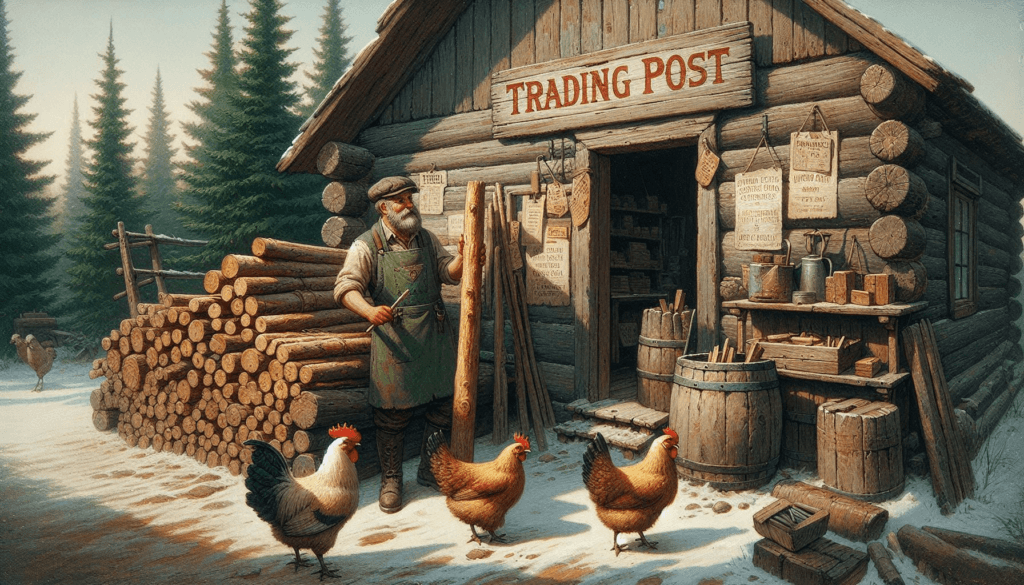
Sometimes the local forest couldn’t provide everything needed. Enter the trading post, a bustling hub where settlers engaged in barter to snag what they couldn’t source locally. Iron nails, glass windows, and other non-native materials could often be had in exchange for furs, food, or handmade goods—bartering was an art these settlers mastered.
Pioneers didn’t just plunder the land for its resources—they practiced a primitive form of sustainability, using every piece of the materials they harvested. Scraps from wood logs might turn into furniture or firewood. The ethos of “waste not, want not” was crucial to ensuring their limited resources stretched as far as possible.
Being thoughtful about resources also meant working harmoniously with the community. Information sharing about where to find the best clay for chimneys or tips on waterproofing the roof helped everyone in the settlement thrive. This sharing attitude didn’t just build cabins—it built communities.
Design and Layout: Practicality Meets Family Needs
One-room cabins weren’t spacious palaces; they were marvels of compact efficiency. Every square inch had to earn its keep, and settlers got quite creative when space was tight.
The typical cabin design revolved around practicality. You’d often find the stove smack in the middle, radiating warmth to the entire room. This wasn’t just for cooking but also doubled as life-saving heat during those chilling winter nights.
Settlers brought European influences along but tailored them to their new world. While some might recognize elements from their homeland, these were adapted forms, tweaked to handle the different challenges of the American wilderness.
The layout had to serve multiple purposes. Bedrooms weren’t distinct spaces but defined by strategic furniture placement. The same table could host a family dinner and serve as a workspace for chores or crafts.
Family needs drove the multifunctional design. Storage was often built into every conceivable spot—under the bed, above the stove, even along the walls. It was all about squeezing the most out of the limited space.
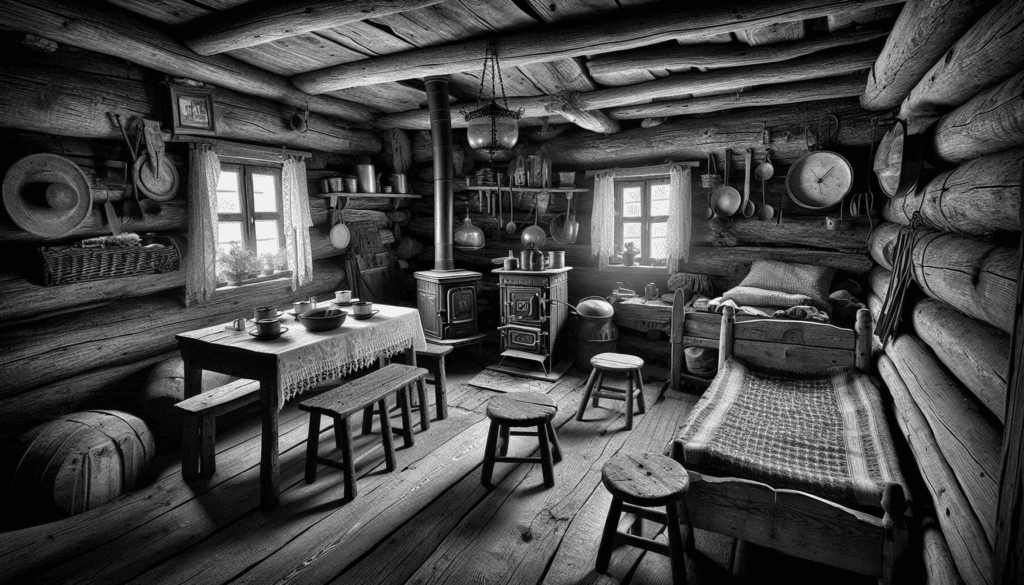
Essentially, nothing in these cabins was purely decorative. Everything had a purpose. A built-in shelf for a lantern also served as handy storage. Pioneers learned to see potential in every piece and make every feature count.
This blueprint of necessity and ingenuity speaks volumes about how settlers adapted to their new lives. Their cabins weren’t just shelters; they functioned as both family hub and fortress against the unpredictability of frontier living.
Methods and Tools: The Hands-On Approach to Construction
Building a cabin in the 19th century was a hands-on affair, with settlers relying on basic tools that had to be both durable and versatile. You didn’t have the luxury of running to a hardware store last-minute, so knowing your tools inside out was essential.
The toolkit of a typical settler looked pretty simple by today’s standards—axes and saws for cutting timber, hammers and augers for assembly, and a trusty shovel for groundwork. Each tool wasn’t just a single-use item; they’d be your best friend in transforming raw materials into a livable home.
Axes were the unsung heroes of these building projects. More than just for chopping, they might be used for splitting wood, shaving surfaces, or even carving. Settlers had to hone their skills, turning this simple tool into a multi-functional asset.
DIY was the name of the game. While they relied on straightforward joinery, like mortise and tenon or even simple notch and peg systems, pioneers needed an eye for detail and a good grasp of geometry to ensure their cabins held firm under the stress of weather and time.
Construction wasn’t a solo endeavor. Community was key, with neighbors often pitching in to help raise walls or hoist roof beams. These were more than workdays; they were social events cementing ties within the community.
Tapping into the power of collective knowledge kept every cabin sturdy and functional. Settlers shared techniques and sometimes even borrowed a tool or two from each other. Working together transformed the monumental task of cabin-building into a communal success that stood strong against the test of time.
Endurance and Legacy: The Impact of Pioneer Cabins Today
Pioneer cabins weren’t just temporary shelters. They were built to last and stand as a testament to the resilience and audacity of those who dared to tame the West. Many of these structures have defied the odds and continue to dot the landscape – a physical reminder of the indomitable spirit of the settlers.
These cabins speak volumes, offering insights into the challenges and triumphs of the frontier lifestyle. They’ve become more than historical footnotes; they’re cherished relics that attract historians and tourists alike, drawn by the stories etched into their beams.
Many of these cabins stand as heritage sites today. Preservation efforts work to maintain their structure and share their stories with future generations. These structures teach us about construction methods that value sustainability and resilience.
Modern architects sometimes look to these old cabins for inspiration, especially in green building practices. Simplicity, efficient use of space, and reliance on local materials are principles that have come full circle in today’s sustainable design movements.
In exploring these cabins and their history, we’re reminded of the pioneering spirit that valued resourcefulness, community, and tenacity. These core values continue to influence not just construction practices but also the cultural fabric of modern society as we seek to build not just homes but communities and futures woven with the same spirit of endurance and purpose.
